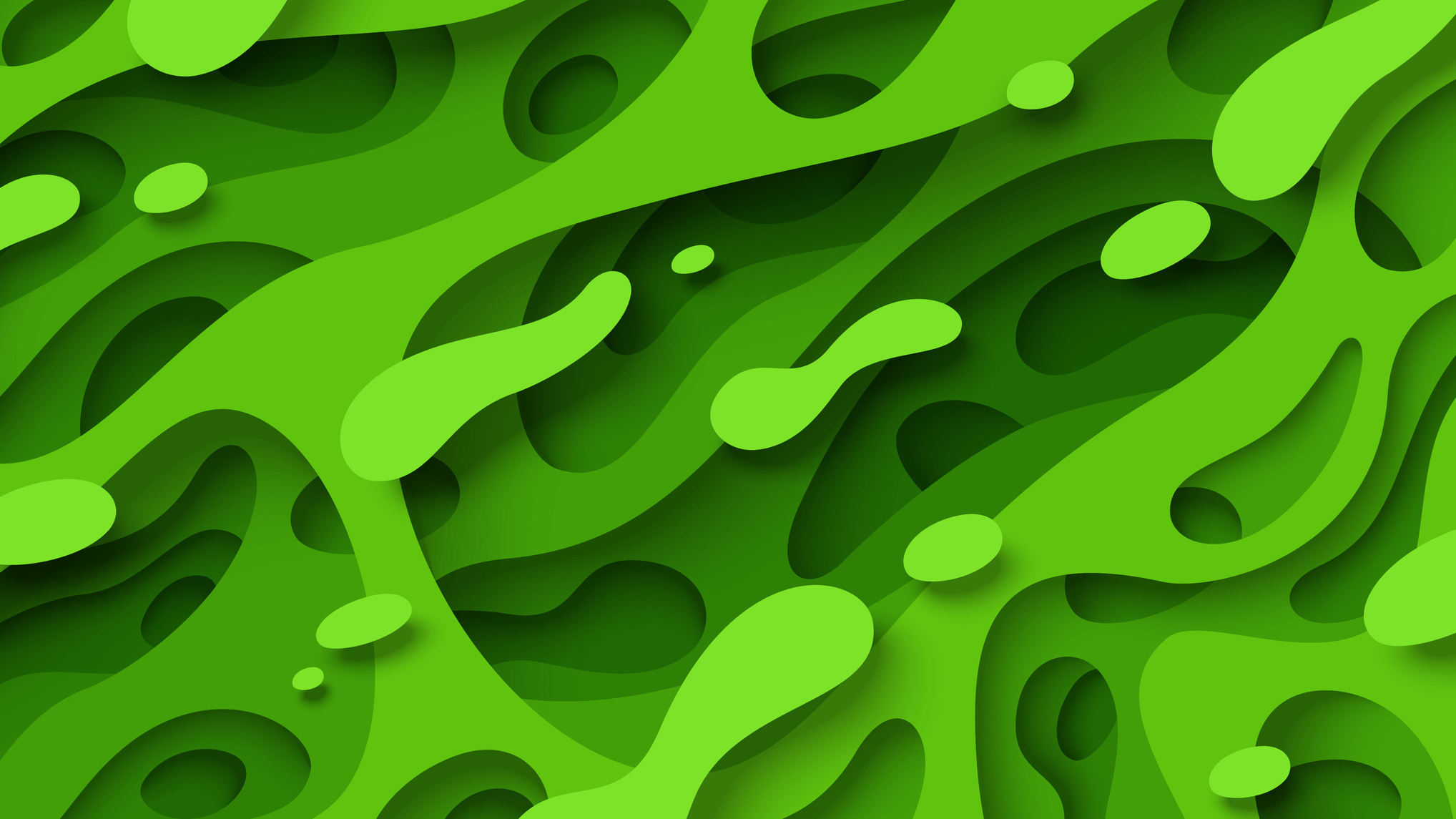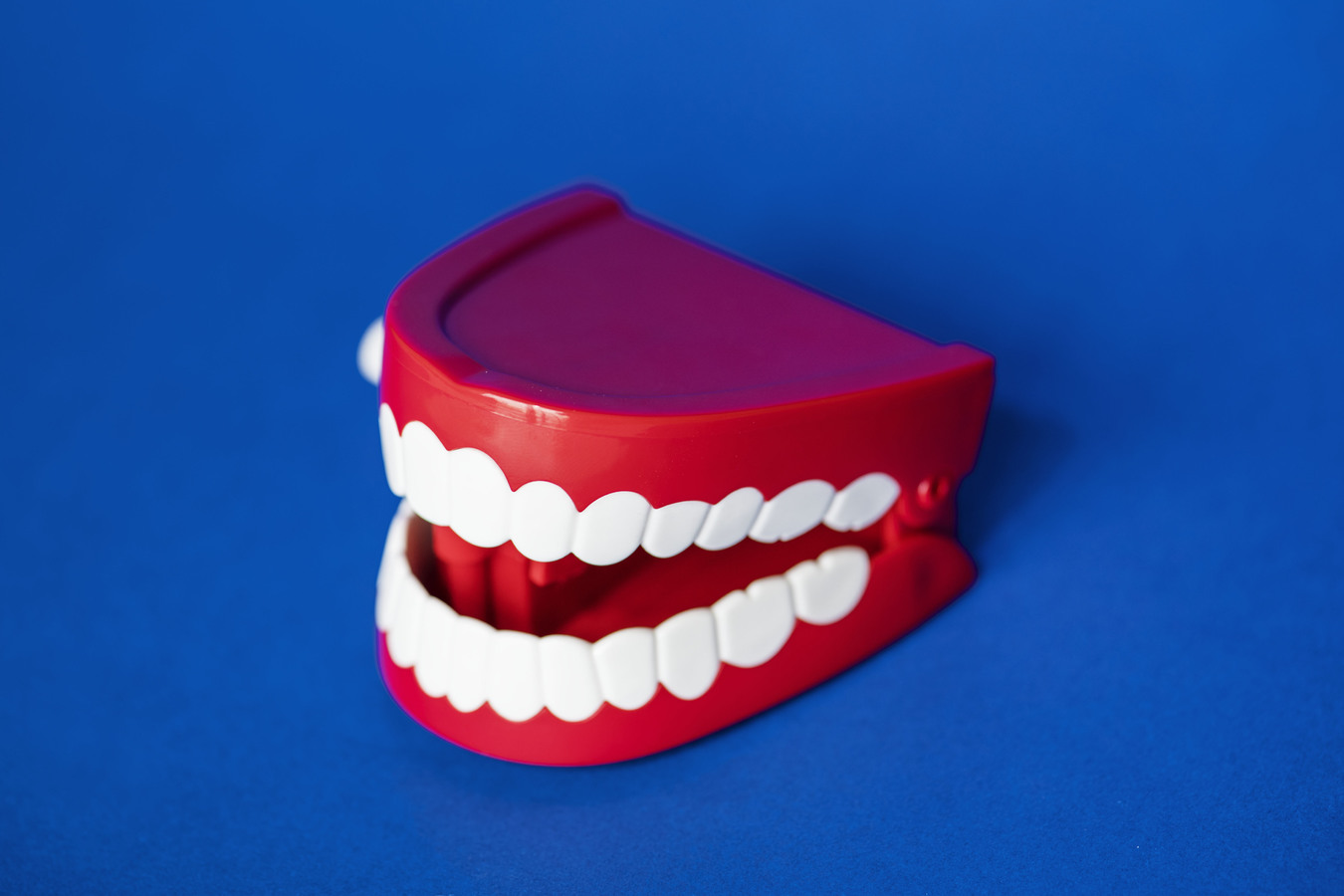It’s silly, really. People seem to be getting all upset about the possibility of Google changing the colour of search result links from blue to black. Some are acting like it’s a travesty. Personally I think the black links look rather neat.

This is – however – Google, so we’ve no way of knowing whether this change will actually happen. (Secrecy has long afforded Google its mysterious intrigue!)
The cynic in me suggest that perhaps Google are attempting to draw attention away another, more commercially-relevant change they seem to be pipelining (as evidenced by some similar A/B testing a few weeks earlier). Involving revenue-generating AdWords placements, Google are apparently considering changing the “Ad” labels from prominent yellow to gently-blended green, the latter becoming considerably less conspicuous.

Though subtle, blurring the line between paid and organic results could become big news.
…and yet, isn’t all this fuss about tiny colour changes a bit much? Why should we care? Are Google’s shading decisions really worth our attention?
Tiny Changes, Big Results: The Enormous Impact Of Colour
Colour can have stunning effects on the bottom line. Some examples, from Google and elsewhere:
- $200million – That’s how much Google’s revenue (reportedly) soared because of a colour change. Dubbed the “50 Shades of Blue” episode – actually there were 44, but you can forgive them for hyperbole – the colour choice was left entirely to engineers, with the final decision being based entirely on CTR.
- 80% – The most significant increase in CTR Sortable achieved by amending their AdSense campaign colour schemes. (Aside: AdSense text ads are truly awful – IMO, down there with the lowest common denominator of spammy, lazy online advertising. But data is valuable, and I get that this is a pretty rapid way to test something like a colour scheme. Still…)
- 55-60% – That’s how many wins a player/team can expect when wearing a red kit, all else being equal. …wait, what?! The colour of kit can really change sports results. Yep. It’s been proven in boxing, Olympic contact sports and even football – think Liverpool, Manchester United and Arsenal!

Seen at large scale like this, the effect of colour seems extraordinarily significant. Though less tangible, similar effects also apply in day-to-day marketing.
What factors go into decisions like Google’s, then? And how do we pick a winner?
Signals and Signified – Colour Affects Emotions, Attention & Activity
At last – a situation where my university module in ‘linguistic semiotics’ has some appropriate context. Semiotics is all about signs, – matching pairs of words/meanings, symbols/information, etc. Colours are classic examples of a signifier, and we ‘code’ them to all kinds of signfied meaning.

Colour can, and does, affect all of the following:
- EMOTIONS. There are loads of infographics – like this one – illustrating how we associate colours with anger / calm / confidence / etc. Beware, though, colour interpretations can vary widely in different cultures.
- URGENCY. As with many of these factors, this one is so fundamental as to seem obvious. Red and yellow carry an urgent immediacy that blue and grey simply don’t.
- LEGIBILITY. Legendary ad-man David Ogilvy lived by many mantras. One was that black-text-on-white always out-performed reverse type setting by 26%. He delighted in lambasting any fool who overlooked the significance of this fact.
- MEMORABILITY. Colour can strengthen our mental image of a brand, enhancing recall. Executed consistently, colour schemes can become a powerful memory trigger.
- ENVIRONMENT. Colour affects the context around it. Colour can lend emphasis to copy, add emotion to imagery or boost visual cues.
Shades have power over us!
Google: Ever The Oracle Of Colour

Is there really any point getting excited about Google’s colour change fancies? It’s not hard to see that they take colour way too seriously – look how much time they spent on their new logo design. (Rather humorously, it turns out Microsoft’s logo features practically identical colours.)

They’ve tested some ridiculous colour ideas, too, like this bizarre experiment in changing the colour of stars. No, Google, stars are DEFINITELY yellow.

And yet, colour matters.
To Google, it matters a lot. Many $millions a lot.
So it’s probably worth taking at least a little bit of notice.



